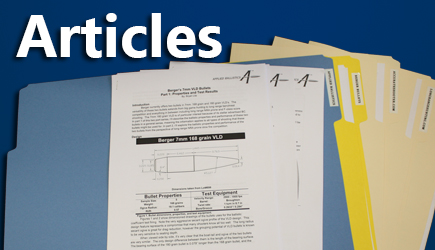- Thread Starter
- #41
This will work for me then. I just need to get behind the trigger and see what my actual drops are and compare to the advertised BC before I order any custom turret.For me, using bullet makers estimated published BC along with my own chrono data, Kestrel readings and ballistic calculator has given me as good of results as I'm capable of taking advantage of even beyond 500 yards. No amount of data or equipment is going to make me shoot better, just more practice, which I don't do enough of anymore.












